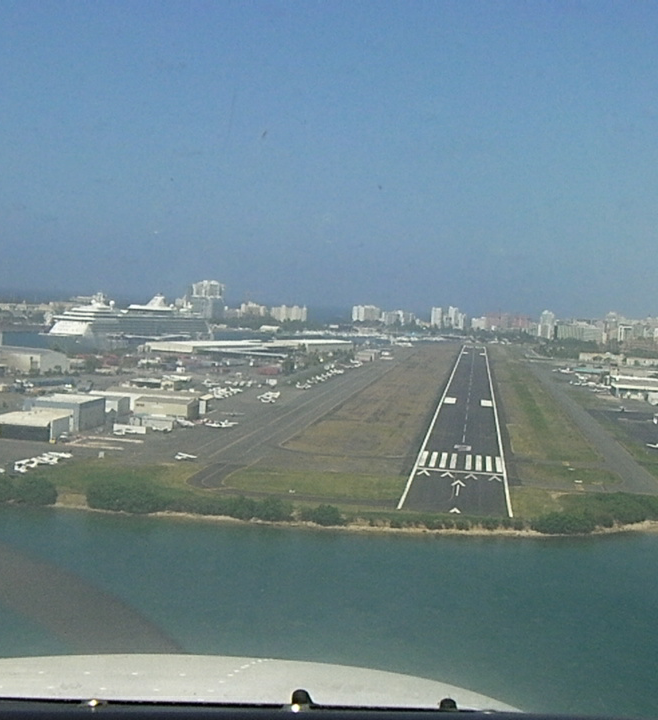


Cessna 152 Test
It is a requirement to pass this test with a minimum of 70% prior to solo rental of a Cessna 152
CESSNA 152 QUESTIONAIRE:
1.
What engine type is installed?
2.
What is engine horsepower?
3.
What is the MAX Gross Weight for the Normal Category and Utility
Category?
__________ Normal Category _________
Utility Category
4.
What is the Empty Weight of the Aircraft?
5. Solve the follwoing Weight and Balance loading problem:
|
Item |
Weight (Lbs.) |
Mom (LB.-Ins/1000) |
|
Basic Empty Weight |
|
|
|
Oil |
|
|
|
Fuel (24.5 gals.) |
|
|
|
Pilot (180 lbs) |
|
|
|
Passenger (192 lbs) |
|
|
|
Baggage (None) |
|
|
|
TOTALS |
|
|
6.
What is the useful load of this aircraft?
7.
What is the useful load of this aircraft?
8.
What is the maximum baggage capacity?
9.
What is the maximum allowable RPM (Red Line)?
10.
What is the oil type and grade used in this engine?
11.
What is the normal operating oil pressure?
12. What
is the Maximum and Minimum oil capacity?
MAX _________ MIN ________
13.
What is the total fuel capacity of this particular airplane?
14.
What is the unusable fuel in each tank?
15.
What is the total usable fuel?
16.
What is the Minimum Static RPM for takeoff?
17. Give
Carburator heat and Magneto check RPMs.
Carburator heat _________ Magneto _________
18.
What is the maximum allowable RPM drop on each magneto?
19.
Where is the Datum located in this aircraft?
20.
Where should be positioned the fuel selector valve handle for
takeoff?
21.
Where should be positioned the fuel selector valve handle for
climb?
22.
Where should be positioned the fuel selector valve handle for
landing?
23.
Where are the fuel drains located?
24.
When are they drained?
25.
What is the maximum direct crosswind for takeoff and landing?
26.
Give the range of the flaps in degrees.
27.
What flap settings are not recommended at any time for takeoff?
28. What is the electrical system voltage of this aircraft?
29. Give the following airspeeds:
|
Nose wheel lift off: |
|
|
Climb : |
|
|
Max. Flaps Down: |
|
|
Max Maneuvering: |
|
|
Never Exceed: |
|
|
Max. glide (Flaps Up): |
|
|
Landing (Flaps Up): |
|
|
Landing (Flaps Down): |
|
30. Give Tire pressures
Nose: _____________PSI
Main : ____________PSI
31.
Give cruising RPM at 65% HP at an altitude of 2,500ft.
______________
Fuel burnup: ________ gals/hr
Endurance : ________ Hours
32. What is the rate of climb with the following conditions?
Temperature : 85ºF
Field Elevation : 3,000 ft
Headwind : 0 knots
Gross Weight : 1670 lbs
Find ground run : ______________
Find total to clear 50 ft obstacle : __________
33. Above what altitude can the mixture be leaned?
34.
What is the take-off distance from a hard surface with the
following conditions?
Field Elevation : 2,000ft
Temperature : 95ºF
Headwind : 0 Knots
Gross Weight : 1670 lbs
Find ground run: __________________
Findtotal to clear 50 ft obstacle: _______________
35.
What is the rate of climb with the following conditions?
Temperature : 85ºF
Field Elevation : 3,000 ft
Gross Weight : 1670 lbs
Rate of climb is: ____________________
36.
When the carburator heat should be in the hot position?